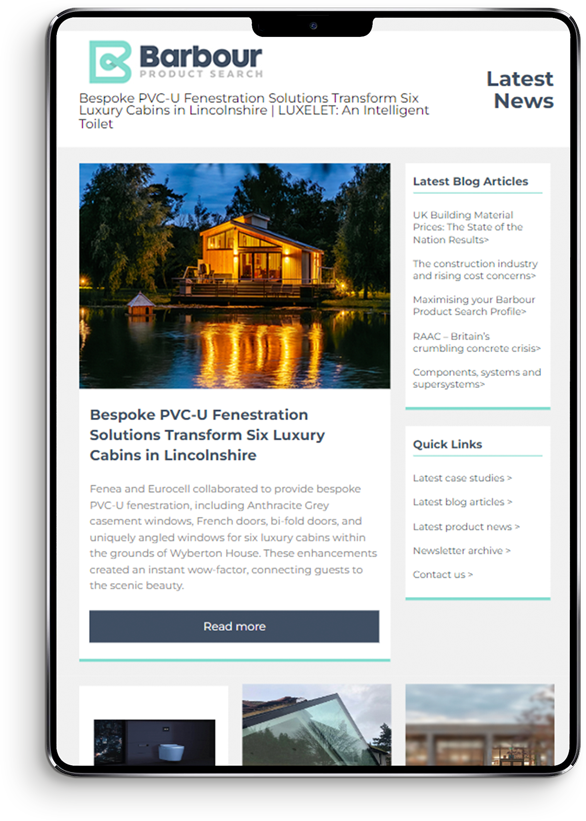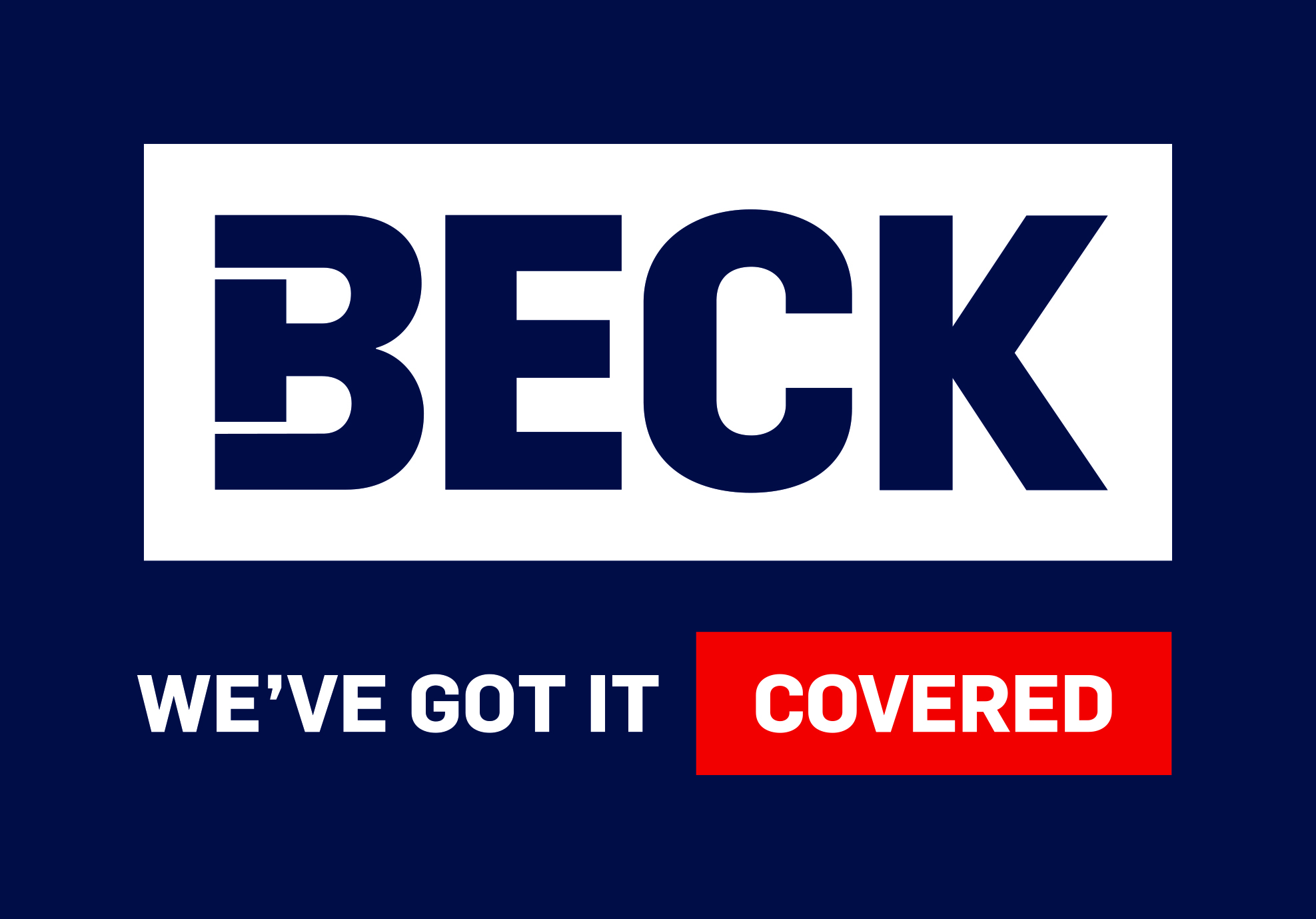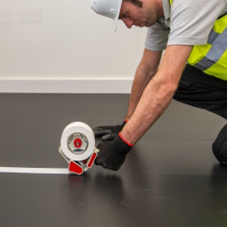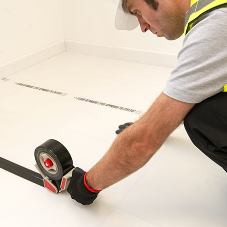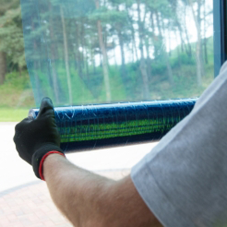When completing work for a customer, it is crucial to protect the interior floor finishes. Damage is the last thing you want to do while carrying out a building or remodelling project.
Temporary floor protection is the ideal approach to keep a customer's floor safe. This guide examines the options available, how temporary floor protection works and which products are appropriate.
How does temporary floor protection work?
Spilling paint or dropping materials can cause expensive damage to floor surfaces, which can be irreparable and costly for construction workers.
Temporary floor protection acts as a barrier between the floor and any potential hazards which could cause damage.
Below are some examples of how floor protection can work:
A physical barrier is created: Sitting on top of your existing floor, this extra layer of protective material prevents items or materials from reaching the actual floor surface.
Absorbs spills and liquids: Some materials, like absorbent paper or mats, can soak up spills before they stain or damage the floor.
What are the available options?
Different jobs require different types of floor protection, see below some of the options that are available to you.
Correx floor protection
Built out of lightweight plastic, Correx floor protection boards are very durable. This type of protection board is not only limited to protecting floors, as it can be used to protect other areas of a home, including windows, stairs, doors, and walls.
Carpet protection film
If you need temporary flooring protection over a carpet to help guard it from spillages and debris during a building or painting project, then a
carpet protection film is the perfect fit.
Leaving no residue on carpets, these films can easily be peeled away.
Cotton twill dust sheets
If you are re-decorating a customer's home, one of the best types of temporary floor protection is
Cotton twill dust sheets.
They are an extremely popular product to use amongst decorators as they are easy to lay out over floors to protect them from paint spills and dust.
Heavy duty protection boards
Heavy-duty protection boards are commonly used on long-term sites and in areas of a site where there is heavy footfall as they provide great protection. They are commonly used as protection over wooden flooring due to their expensive nature.
Rubber Matting
Rubber matting is another type of floor protection that is widely used across the construction industry as it has many benefits. Rubber is a tough material, and it can withstand heavy foot traffic and prevent floors from being scratched or damaged.
What protection should you have for different types of flooring?
There is an appropriate solution for each floor type, so understanding the best kinds of protection is crucial. Options are:
Laminate and vinyl flooring: If you are working in a room with vinyl or laminate flooring, then you can choose between card protection board, Correx, and hard surface film products.
Stone & Ceramic flooring: Whether it is marble or stone flooring, it can be very expensive to replace, but rubber matting, card floor products or Correx floor protection products are just some options you can use to avoid scratches and chips.
Wooden floors: If an area has a wood floor which has just been laid, breathable fleece protection or cotton twill dust sheets are all suitable options, as they will allow the flooring to cure.
Carpet: Carpet protection film offers the best solution to prevent carpets from getting damaged during work.
No matter what type of temporary floor protection you are looking for, you can browse Beck's range of Proguard products or get in touch with the team.
A guide to temporary floor protection
| T | 01432 263598 |
|---|---|
| E | sales@beckuk.com |
| W | Visit Beck Temporary Protection Solutions's website |
| Beck Products Ltd, Gateway House, HR2 6EQ, Holme Lacy Road, Rotherwas, Hereford, HR2 6EQ |
Products by this Company
Categories
Floor finishes Matting